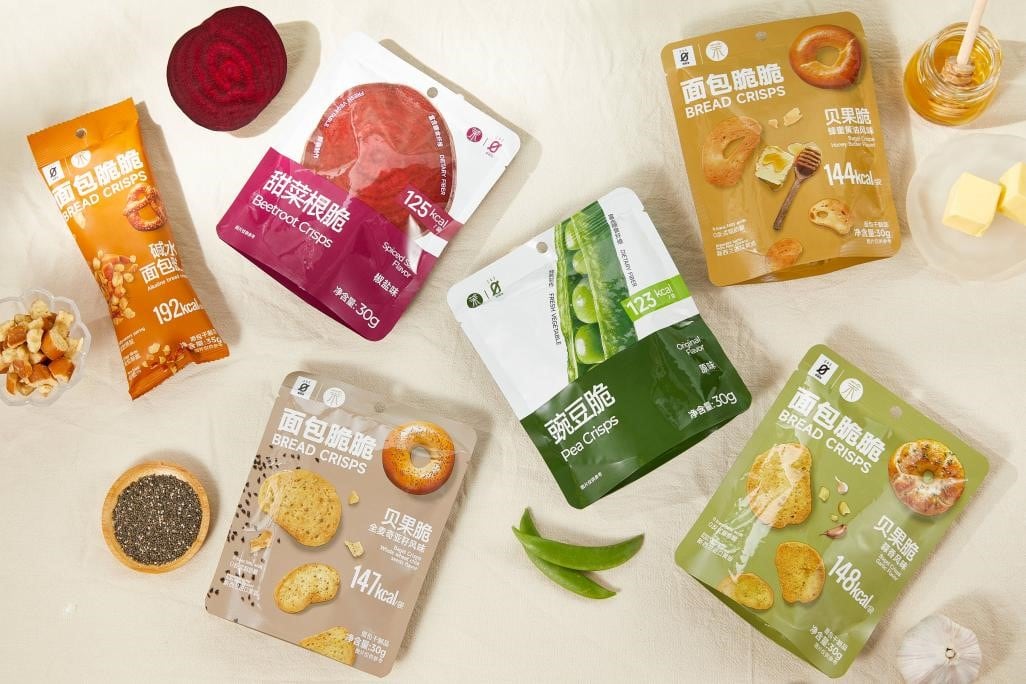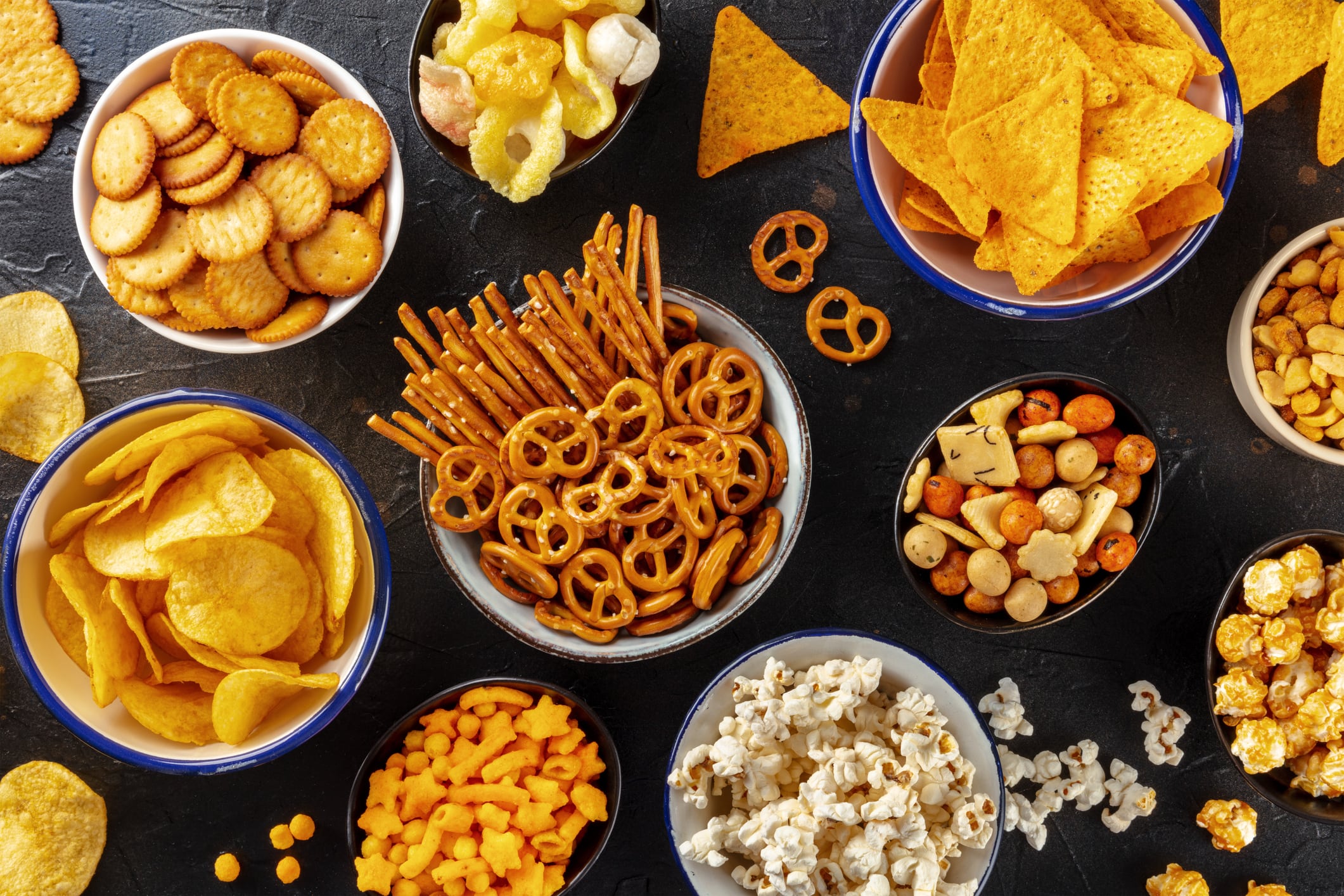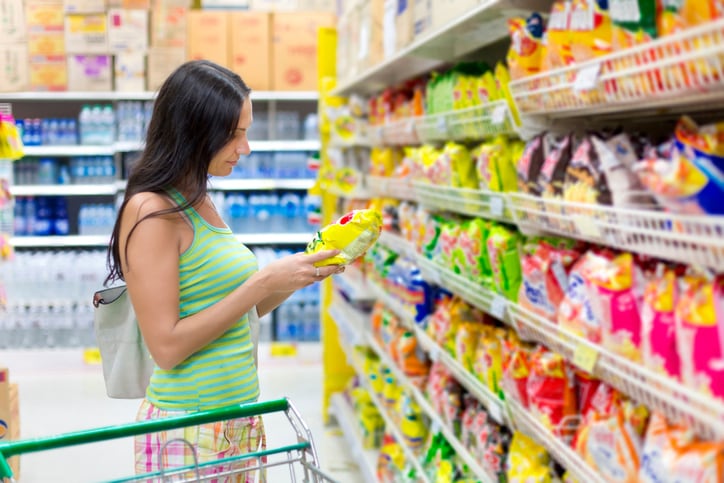According to pandamart – a network of cloud grocery stores owned by foodpanda – the sector has shifted from an all-demand model to a mix of impulse-driven and planned shopping behaviours across 40 Asian cities.
“Quick commerce in APAC has been evolving significantly. During the COVID-19 phase, consumers wanted to buy anything and everything on demand. Now, we’re seeing a shift toward a mix of consumer preferences,” said Yashna Belliappa, foodpanda’s quick commerce head of Business Performance & Special Projects.
One of the key consumer behaviours that stands out is impulse buying.
Impulse buying and planned purchases
Q-commerce facilitates ease of ordering, notably increasing impulse buying, as customers are more likely to purchase items without prior planning due to the speed and convenience of delivery.
Reports from foodpanda reveal that q-commerce orders now average 5 items per transaction. This is consistent with the upward trend observed from 2022 to 2023, with food orders increasing by 28.9% and q-commerce purchases growing by 52.2%.
This trend aligns with foodpanda’s projections that the quick commerce market in Asia will reach US$155.80bn by 2029, highlighting the sector’s rapid growth.
However, apart from indulgence-driven impulse buying, working adults between the ages of 25 to 45 do plan their purchases, observes pandamart.
“Some customers still expect near-instant access to their needs – within 15 to 20 minutes – while others prefer flexibility. For example, they might plan ahead in the morning for delivery later in the day,” said Belliappa, who sees consistency in demand patterns.
For example, peak shopping periods tend to be on Fridays and weekends, where order volumes rise by 10%.
This coincides with increased demand for convenience before leisure time, when consumers likely stock up on essentials or impulse purchases ahead of their weekend plans, whether for home gatherings, personal indulgence, or last-minute needs.
It suggests q-commerce has matured to become an alternative to traditional shopping, competing more directly with major brick-and-mortar supermarkets.
“Another key trend is replicating the offline shopping experience online. In a supermarket, customers browse aisles, discover new products, and look for deals. We bring this excitement online, incorporating promotions and new product launches. Our key pillars are assortment, affordability, and choice,” said Belliappa.
She explained that the various Asian markets might not have identical grocery lists, but consumers are generally leaning towards healthier options more often than before.
Healthier choice a key Asian market trend
When asked what are pandamart’s best-selling product categories, Belliappa revealed that fruits and vegetables top the list.
There’s also growing demand for health supplements and greater demand for better-for-you snacks.
“Consumers are becoming more health conscious. Major brands are launching healthier versions of their products, like low-sugar options.
“While many consumers still prefer traditional snacks, there’s a segment, especially working professionals, opting for healthier alternatives like whole-grain crackers and reduced-sugar beverages,” said Belliappa.
However, she clarified that there is still demand for indulgence products, such as savoury snacks and alcohol, which remain high on consumers’ grocery lists.
Impulse buys like snacks, chocolates, and chips also continue to perform well, and beer is among the top five most ordered items on the platform.
This is because consumers still want to be able to indulge when they want to.
“There are days when you don’t want to be the healthiest person in the room, and you just want to go back to what is familiar and comforting,” said Belliappa.
Such behaviour patterns give rise to opportunities for promotions and bundling.
For example, since order volumes rise by 10% on peak days, brands can capitalise on this by offering targeted weekend promotions, bundle deals, or limited-time discounts to further drive sales.
However, brands should take note of product preferences, which can vary across Asia.
Product preferences
In Singapore, the expat population drives demand for European products such as cheeses and wines from Australia and Europe, while Hong Kong consumers lean towards Japanese imports.
In markets like Pakistan, reliance on suppliers from the UAE is higher, whereas Bangladesh has notable demand for UK products.
While most APAC groceries are sourced locally, foodpanda adapts its offerings based on these regional preferences.
The firm also observes a growing demand for high-quality and affordable groceries.
In response, foodpanda launched its private house label – bright – last year. It offers fresh produce, ready-to-eat meals, and snacks and beverages in all pandamart stores across the region, with Singapore and Malaysia having the widest variety of products at launch.





